This week, we’re starting off a look at the history of rail in Japan by exploring how this revolutionary technology was introduced to the country. And once it was, how would a government obsessed with strategic infrastructure like rail manage the complexities of funding and constructing something so jaw-droppingly expensive?
Sources
Ike, Nobutaka. “The Pattern of Railway Development in Japan.” The Far Eastern Quarterly 14, No 2 (Feb, 1955).
Ericson, Steven J. The Sound of the Whistle: Railroads and the State in Meiji Japan.
Wells, Samuel Williams. A Journal of the Perry Expedition to Japan. Available digitized by Hathi Trust.
Hawks, Francis L. Narrative of the Expedition of an American Squadron to the China Seas and Japan.
Images
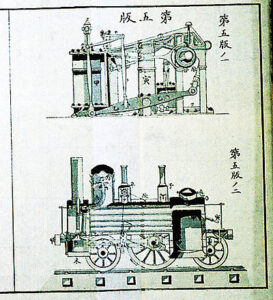
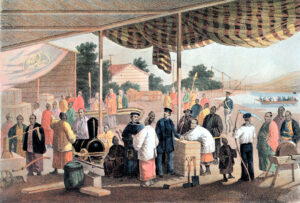
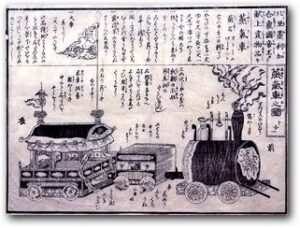
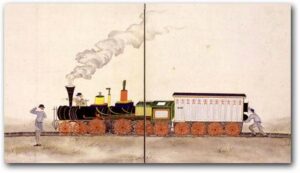
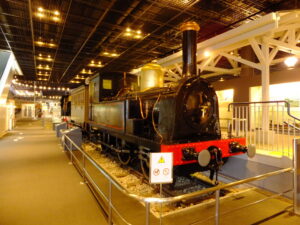

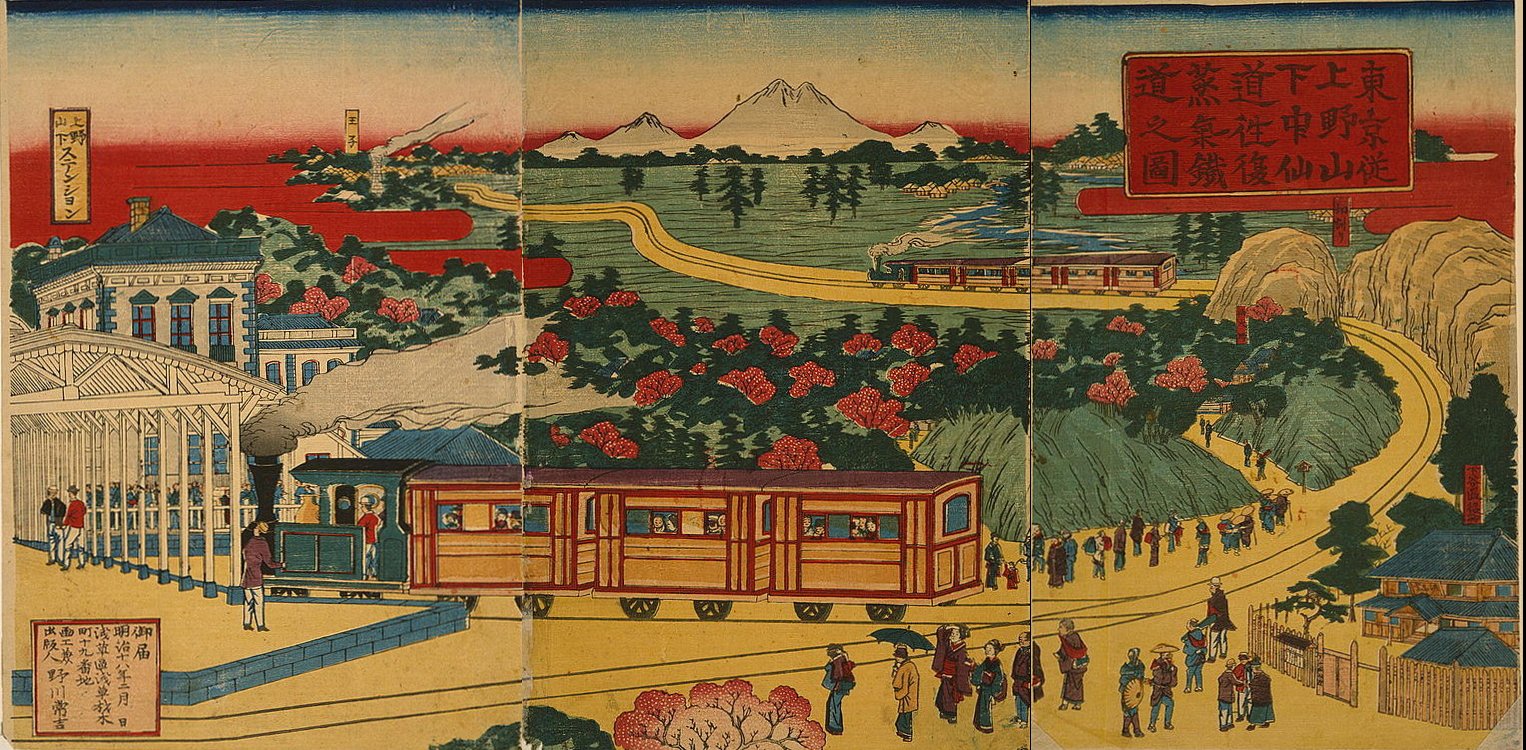
My understanding is that this is also the period of the intracity rail systems as well, I think the origins of the Yamanote line in Tokyo dates to this time. While I’m guessing that the history of Japanese urban mass transit systems is the topic for *another* series of podcasts; to what extent did the Meiji government put on intra-city/ short distance passenger heavy rail?
When you said a miniature train, I wasn’t expecting something that big! That seems dangerous!
My mind was blown when you tied the railway to nationalism. You’re absolutely right. I never thought of how centralized government is one of the most important things for nationalism.